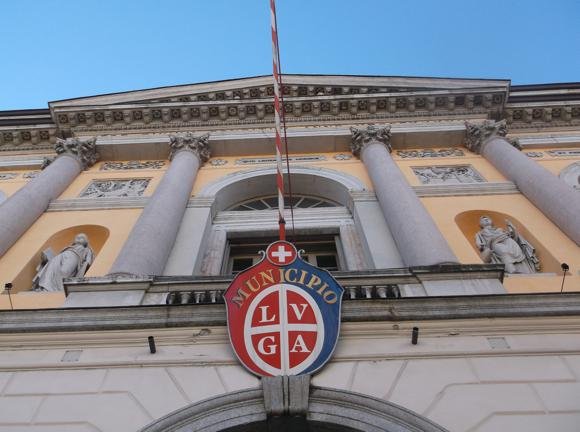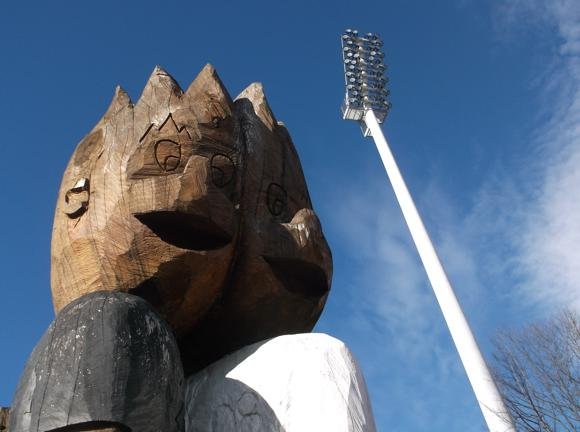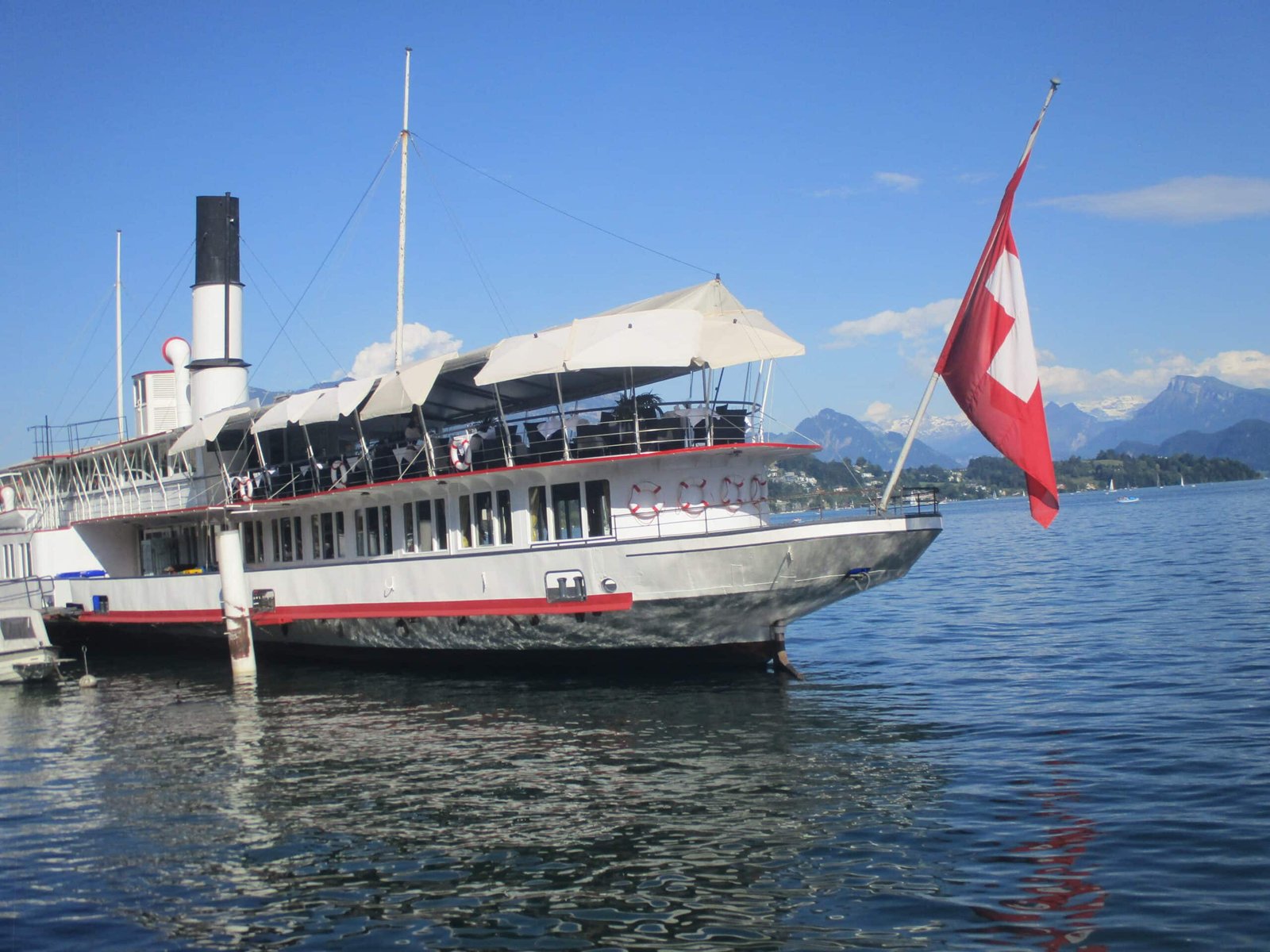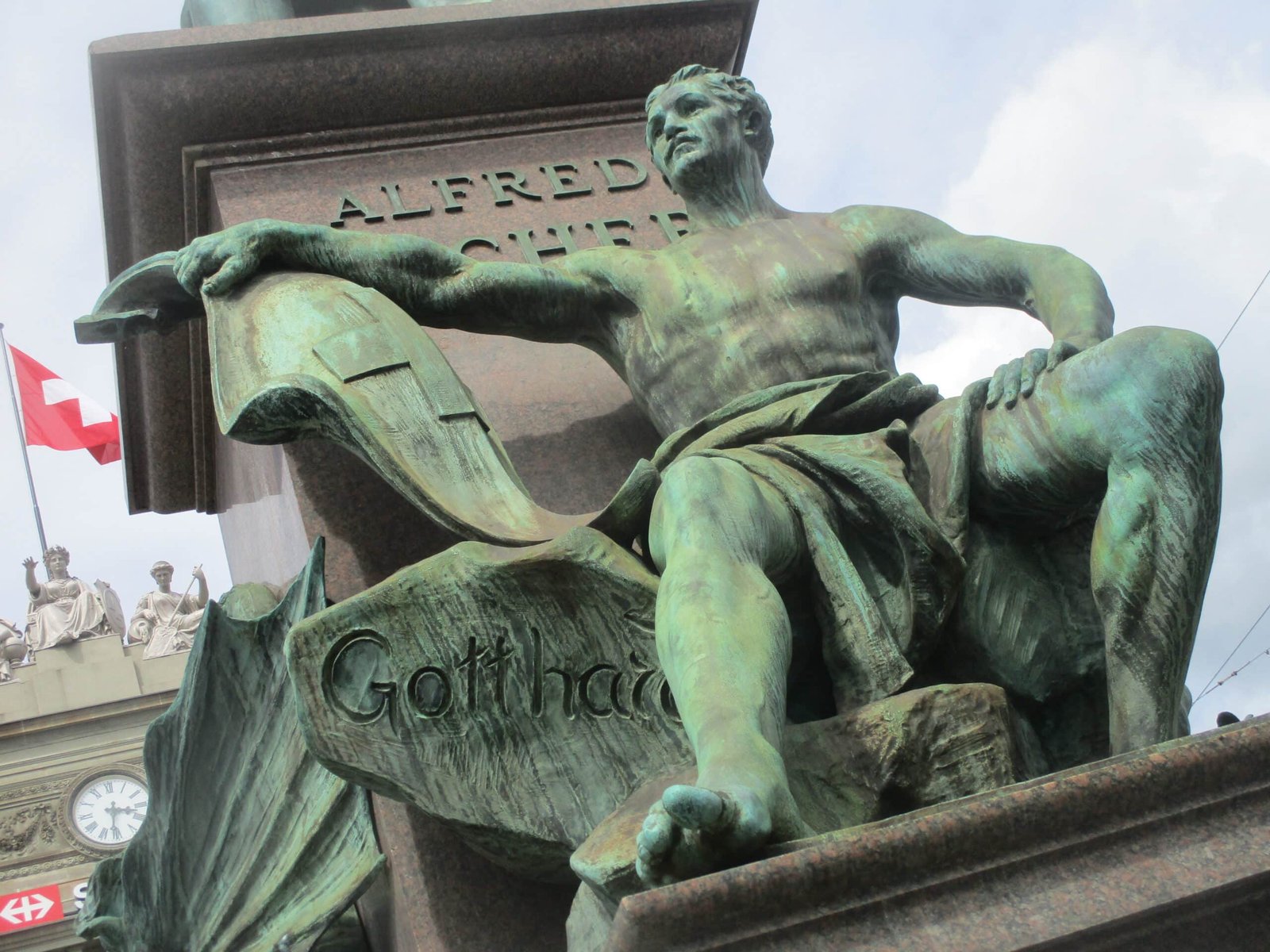Teams, tales and tips – a guide to the local game
Set beside the picture-postcard lake of the same name, in the Italian-speaking region of Ticino by Switzerland’s twisting border with its southern neighbour, Lugano is the kind of place more suited to pleasure boats, Eurovision Song Contests and financial services than football.
But flagship club FC Lugano were one of the most successful sides in Switzerland in the 1940s, shortly before the Stadio Cornaredo was built in time for the 1954 World Cup.
Still based at the same quaint municipal stadium despite long-term plans to rebuild it, i Bianco-Neri (‘The White-and-Blacks’) remain in the Swiss Super League, saved from relegation on the last day of the 2015-16 campaign and enjoying a Europa League run in 2017-18.

Originally the Cornaredo was not only conceived for the one game it staged in 1954 – in front of 24,000 Italians who cheered on a 4-1 win for the Azzurri over Belgium – but for two local clubs.
Founded in 1908, FCL almost had a creditable city rival in Rapid Lugano, formed in 1949. Playing at the Campo Marzio in Cassarate east of town, former home of FCL, Rapid made the second-flight Nationalliga B in 1955. After one season, they descended to the regional Ticino divisions where they remain today. They have since long shared the Cornaredo with FC Lugano.
FCL’s main local rival has traditionally been AC Bellinzona, based in the Ticino capital, whose heyday also came in the 1940s. But Bellinzona have rarely featured at the top of the Swiss league pyramid in recent years, their regional role behind FCL usurped by FC Chiasso.

Originally competing in the Italian leagues, Chiasso switched to Switzerland in 1923 and now play in the country’s second-tier Challenge League.
When the national team of Switzerland play in Ticino, such as against Moldova in June 2016, it’s always at the Cornaredo in Lugano. Italy – inevitably – were the first international visitors, in 1951.
Current stadium capacity is 6,500 – more than four times less than when football in Ticino was at its peak just after World War II. But when seen in the context of FC Lugano’s return – to the top tier after 13 years in 2015, and back to life after bankruptcy in 2004 – the Cornaredo is a living monument to the tenacity of the game in Ticino, its smoothly curving outline almost as close to the Italian border as it is to Lugano’s landmark casino.
Getting Around
Arriving in town, local transport and timings
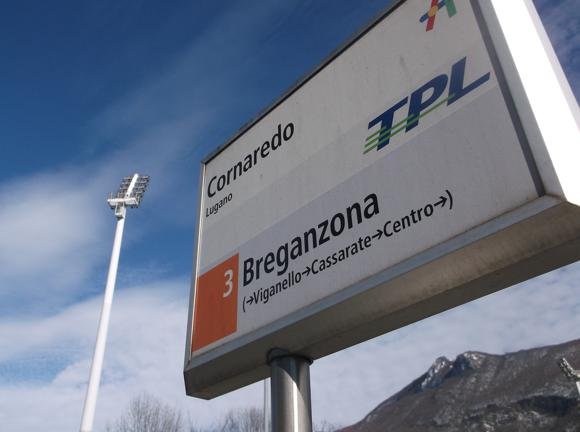
Lugano Airport, 4km (2.5 miles) west of town, receives regular services from Zürich and Geneva. A Sagl shuttle bus awaits each arrival (Lugano station 15mins, SF8/return SF15; city centre 20-25mins, SF10/return SF18). The schedule from town/station is set around departure times.
Airport Taxi Lugano (+41 91 605 25 10) quotes SF30 from the airport to Lugano station, SF35 to town.
Milan’s Malpensa and Linate airports are 90km (56 miles) and 100km (62 miles) from Lugano respectively. Lugano Servizi and Malpensa Express buses run 10-12 times a day between Malpensa terminals 1-2 and piazzale Besso in Lugano (€25/€40 return, 1hr 20mins journey time). There is no direct public transport from Linate to Lugano.
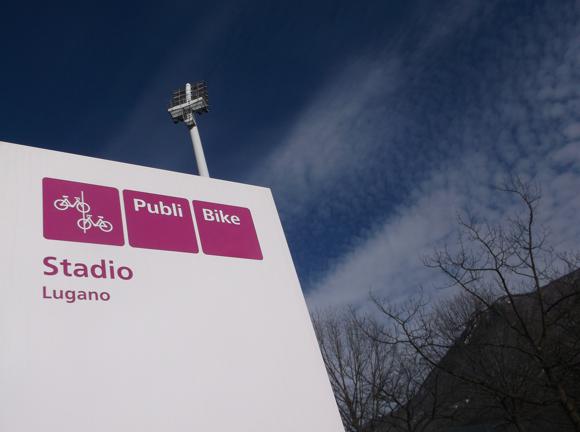
From Milano Centrale, a Eurocity train to Lugano takes 1hr 10mins, internet price €23. From Basel, a train to Lugano takes around 4hrs (internet price from SF43.50), most routes requiring a change at Zürich.
Lugano station stands high up over the city, connected by recently renovated funicular.
City buses serve town and station. A single ticket (valid 30min) is SF1.90 dispensed from machines at stops, a day pass (carta giornaliera) SF7.20. You’ll need a bus for the stadium. Some hotels offer free public transport if you book a room through their website.
Taxi Luganese (+41 91 967 24 24) is a reliable local firm.
Where to Drink
The best pubs and bars for football fans


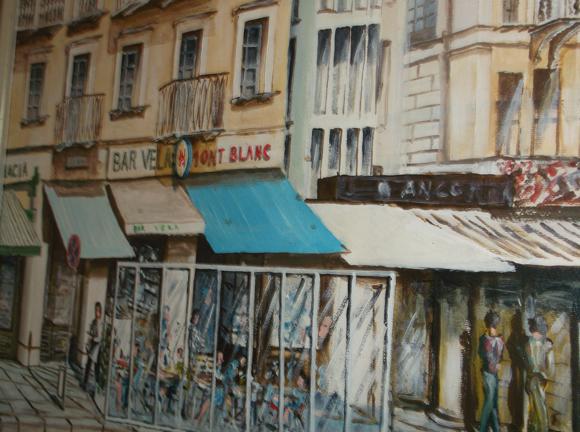

Lugano isn’t all moneyed clientele and sleek bars – you can find a few honest-to-goodness pubs among the many drinking options on the waterfront and around the city centre.
Right on the main square, with one side looking over the lake, the Olimpia is a landmark cafe and restaurant dating back to 1845, done out in dark wood, its displays of FC Lugano’s 1937-38 title-winning team evidence of its generation-spanning reverence for the club. The lived-in bar area is where older supporters meet.
Right on the waterfront, unpretentious locals gather in the Bar Vela, an intimate spot with sport on TV, affordable drinks and tables outside overlooking the lake. Busier daytime than evenings when it closes early.
Further round the lakeside, chic, contemporary Seven is a sport-forward lounge bar, also equipped with a fine waterfront terrace.


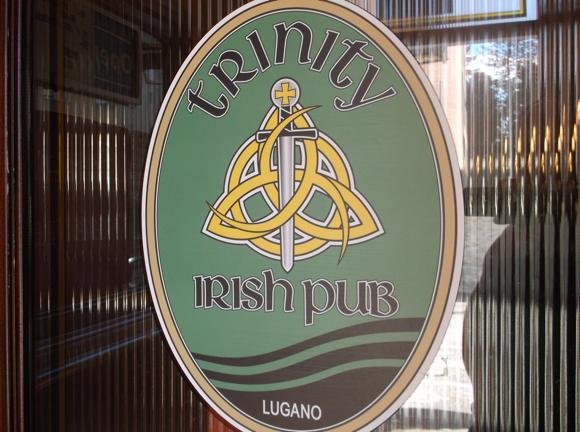
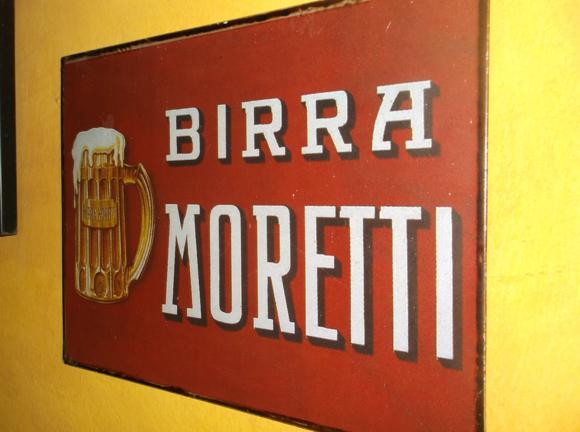


Equally upscale, the Bistrot Lugano is an Italianate rendezvous spot in the centre of town, fun and chatty during aperitivi hour in the early evening, a signed photo of George Best looking down on proceedings.
In terms of down-at-home hostelries, the main and most popular one is the Trinity Irish Pub, set in a pretty villa by a narrow waterway that leads from the lake. Large, busy and full of old beer ads, it’s dotted with TVs and lively on match nights. Open from 10.30am weekdays, Saturdays and Sundays from 5pm.
On the other side of the city centre, Italo-Swiss Pub Number One has a more local feel, a lovely little place surrounded by banks, where loyal regulars sip Carlsberg under a big screen. A short walk from the centre, it’s also by a bus stop for the stadium.
By the funicular terminus, the Bar Bananas offers more than its bland façade would indicate – it’s a hive of football talk by day, ideal for morning coffee over that day’s Gazzetta.
Where to stay
The best hotels for the stadium and city centre





Lugano Turismo has a hotel database and online booking service.
There are no hotels near the stadium – the sleek, four-star Hotel City Lugano is on a main road from town, halfway up from the city centre, with 48 contemporary rooms.
For age-old hospitality by the waterfront, the classic Hotel International has a garden and outdoor pool in summer while the Walter Au Lac Lugano features a roof terrace and panoramic whirlpool. All its 38 rooms also have lake views. Both these venerable, fin-de-siècle establishments are three-star.
Set back from the waterfront, the San Carlo is a more affordable two-star and, conveniently located by the foot of the funicular, the Acquarello Swiss Quality Hotel is another handy and affordable find.
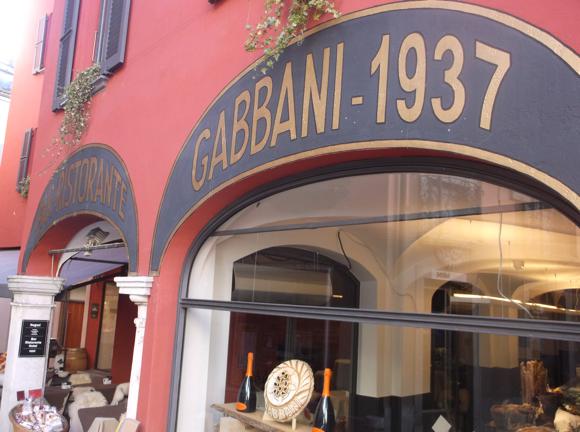
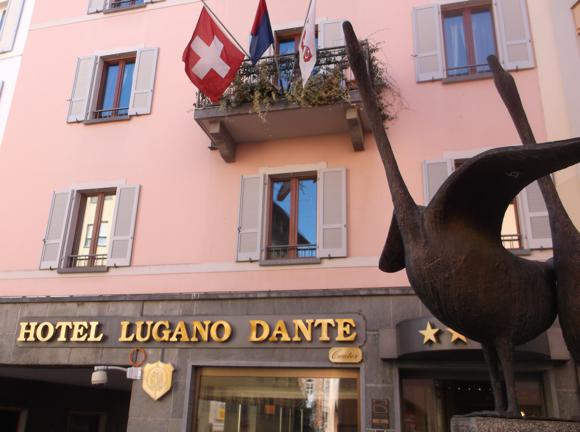
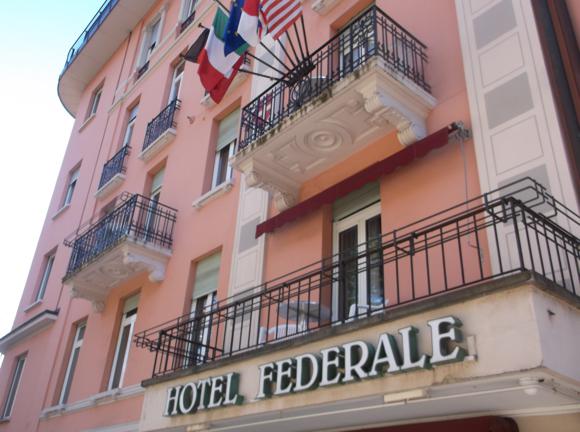

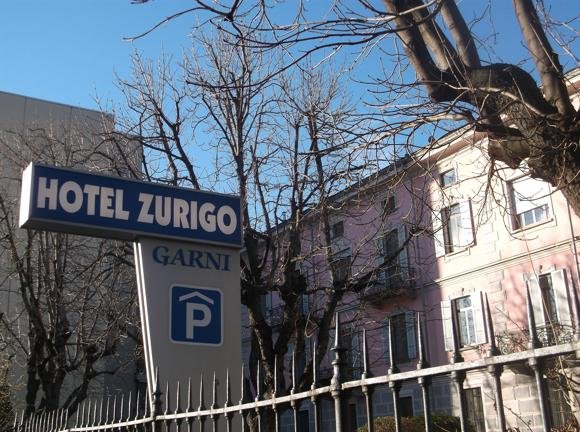
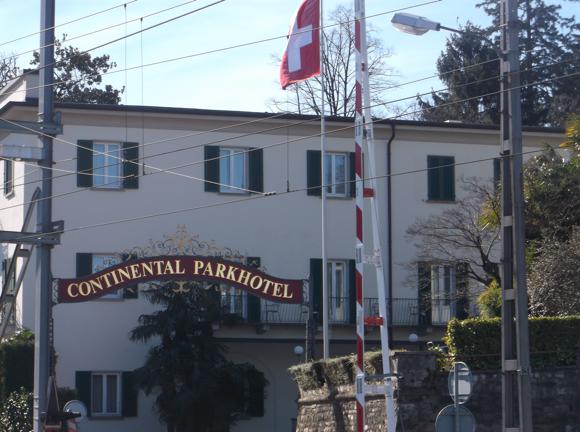
Nearby, the Hotel Lugano Dante is a notch-above four-star, closer for those here to shop. Round the corner, the Hotel Gabbani is quite unique, an upper-range urban lodging set around a pre-war delicatessen, Mediterranean restaurant and contemporary bar.
If you need to stay by the station, then the Continental Parkhotel towers over the train tracks, a steam-era railway hotel with its own botanical garden and pool. Reopened in 2012 after a major renovation, it features in the novel of former guest, Hermann Hesse. Slightly further down the steep path into town, the Hotel Federale is a comfortable and well run lodging in the mid-range category.
Right in town, near the Palace of Congress, the Hotel Pestalozzi hides recently renovated rooms behind a historic façade. Nearby, the standard, family-run Hotel Zurigo Garni has been in operation since 1951.

